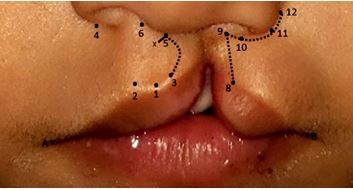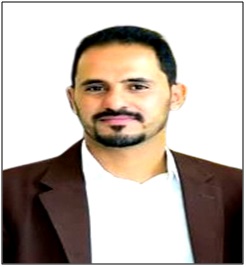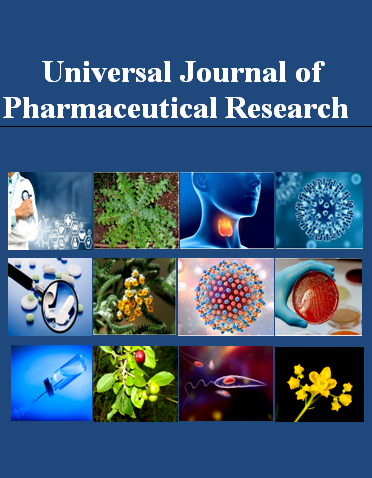AESTHETIC OUTCOME COMPARISON BETWEEN MILLARD AND FISHER TECHNIQUE IN REPAIR OF UNILATERAL CLEFT LIP
Keywords:
aesthetic outcome, anthropometric measurements, Fisher’s technique, Millard’s technique, Steffensen grading criteria, unilateral cleft lipAbstract
Background and aims: The symmetrical shape of the nasolabial folds and both nose alae, along with a natural-looking philtrum and Cupid's bow in both static and dynamic phases, as well as a buried scar, are characteristics of the perfect lip restoration. The study's goal was to evaluate the Millard rotational advancement technique and the Fisher anatomical subunit approximation technique for unilateral cleft lip repair.
Methods: Prospective study for 30 patients submitted to Palestine Hospital in Sana’a City, Yemen, with unilateral cleft lip deformity between December 2022 and August 2024. The Millard rotational-advancement approach was used to correct fifteen patients with unilateral cleft lip deformity, while the Fisher anatomical subunit approximation technique was used to fix the remaining fifteen. NIH ImageJ software was used to evaluate the patients' postoperative photos using the Steffensen grading criteria. The normal side and the corrected side were compared in terms of lip length, cutaneous line symmetry, vermillion symmetry, scar appearance, Cupid's bow, nostril symmetry, and alar base.
Results: A study involving 69.2% males and 38.8% females aged 5-180 months with 30 unilateral cleft lips undergoing Millard and Fisher techniques found that patients with Millard techniques showed better cutaneous line symmetry, vermillion symmetry, and lip length compared to Fisher techniques. However, only 7.7% of patients with Millard procedures showed good Cupid's bow, scar appearance, nasal symmetry, and alar base compared to Fisher techniques. The study suggests that Millard techniques may be more effective in certain cases.
Conclusion: In conclusion, there was no discernible change in the anthropometric measurements between the two methods used for unilateral cleft lip repair. According to the study, there are several situations in which applying Millard approaches might be more successful.

Peer Review History:
Received 7 August 2025; Reviewed 11 September 2025; Accepted 20 October; Available online 15 November 2025
Academic Editor: Dr. Gehan Fawzy Abdel Raoof Kandeel , Pharmacognosy Department, National Research Centre, Dokki, 12622, Giza, Egypt, gehankandeel9@yahoo.com
, Pharmacognosy Department, National Research Centre, Dokki, 12622, Giza, Egypt, gehankandeel9@yahoo.com
Reviewers:
 Dr. Sheikh Abdul Khaliq, Department of Pharmacy Practice, Faculty of Pharmacy, Hamdard University, Karachi, Pakistan, drwadhsheikh1974@gmail.com
Dr. Sheikh Abdul Khaliq, Department of Pharmacy Practice, Faculty of Pharmacy, Hamdard University, Karachi, Pakistan, drwadhsheikh1974@gmail.com
 Dr. Taiwo O Elufioye, University of Ibadan, Nigeria, toonitaiwo@yahoo.com
Dr. Taiwo O Elufioye, University of Ibadan, Nigeria, toonitaiwo@yahoo.com
Downloads

Published
How to Cite
Issue
Section
Copyright (c) 2025 Universal Journal of Pharmaceutical Research

This work is licensed under a Creative Commons Attribution-NonCommercial 4.0 International License.









 .
.